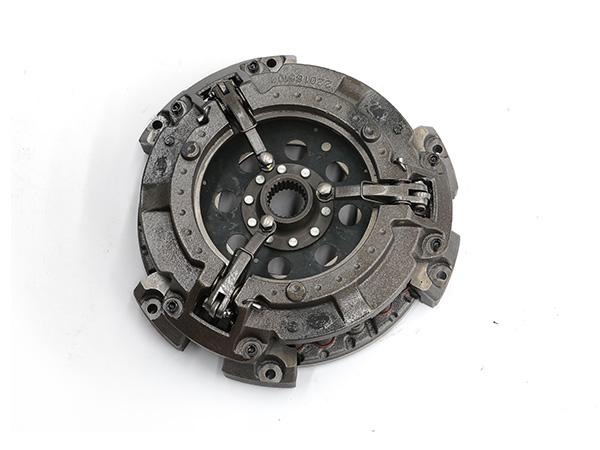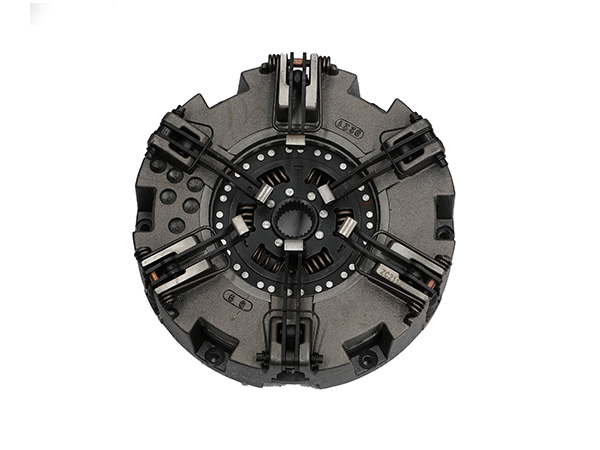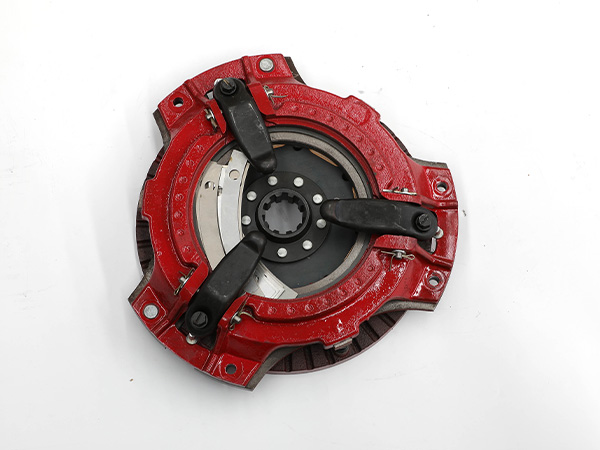A tractor clutch kit is a set of components designed to engage and disengage the tractor’s power transmission system, allowing the tractor to start, stop, and change gears smoothly. The clutch plays a crucial role in the operation of a tractor and its various functions include:
Engaging and Disengaging Power: The primary function of a tractor clutch is to engage or disengage the engine’s power from the transmission. When the clutch is engaged (pedal released), power is transmitted from the engine to the transmission, allowing the tractor to move. When the clutch is disengaged (pedal pressed), power transmission is interrupted, allowing the tractor to stop or change gears.
Smooth Gear Changes: Clutches enable smooth gear changes by disconnecting the power flow momentarily when shifting gears. This prevents gear grinding and damage to the transmission components.
Controlled Acceleration and Deceleration: The clutch allows the tractor operator to control acceleration and deceleration by modulating the power transfer. Partially engaging the clutch allows for gradual acceleration, while fully disengaging it leads to deceleration and stopping.

Power Take-Off (PTO) Control: Many tractors have a PTO system for driving various implements such as mowers, balers, and generators. The clutch can be used to engage or disengage the PTO, allowing the operator to control when the implement is powered.
Reducing Wear and Tear: Proper use of the clutch helps reduce wear and tear on the tractor’s transmission components, including gears and bearings. Engaging the clutch smoothly during gear changes minimizes stress on these parts.
Safety: The clutch pedal serves as a safety feature. In an emergency or dangerous situation, pressing the clutch pedal disengages the power from the wheels, allowing the tractor to coast to a stop without the engine’s power.

Controlled Maneuverability: The clutch is essential for precise maneuverability when operating attachments or implements that require fine control, such as loaders or backhoes.
Synchronization with Load: When towing or pulling heavy loads, the clutch allows the operator to synchronize the tractor’s power delivery with the load’s requirements. This prevents excessive strain on the engine and transmission.
Idle Operation: The clutch allows the tractor engine to run at idle without engaging the transmission, which is useful for stationary operations or when using attachments that don’t require motion.

A tractor clutch kit typically includes various components like the clutch disc, pressure plate, release bearing, and sometimes the clutch flywheel. These components work together to facilitate the clutch’s functions. It’s important to maintain and replace clutch components as needed to ensure the tractor’s reliable operation and to prevent excessive wear on transmission parts. Proper clutch maintenance and operation are essential for the overall performance, longevity, and safety of the tractor.


